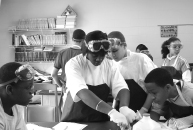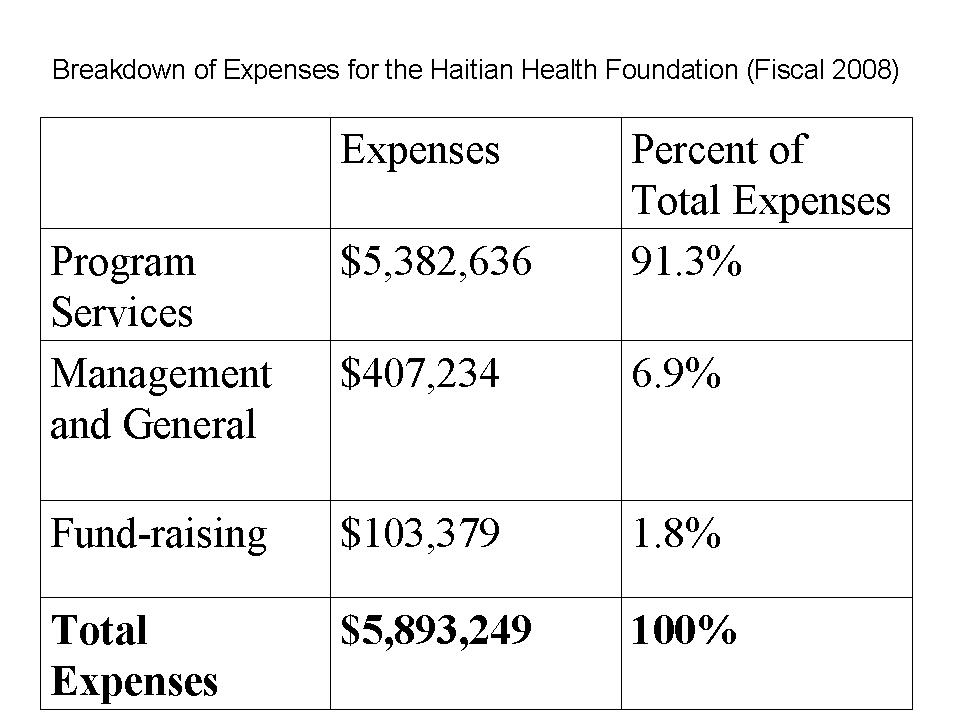Many public elementary and secondary school students returned to classes this year to find them a little less colorful — art had been eliminated. Over the last few years, budget cuts have forced officials to remove arts programs from school curriculums. While many charities have been created to fill the void, few are as unique and innovative as The Imagine Bus Project.
The Imagine Bus Project is an after-school program in San Francisco that focuses on providing arts education to inner-city children in pre-kindergarten through the 12 th grade. “Our mission is to get kids off the street and to get them engaged, and we add to that by engaging them through art,” says Geoff Benjamin, CEO of The Imagine Bus Project.
What makes The Imagine Bus Project so different from other art-based charities is its method of delivery. The organization currently has two buses that have been converted into mobile art studios. A teacher, accompanied by a volunteer, drives each “art bus” into certain low-income neighborhoods in the San Francisco Bay area to teach art classes to underprivileged children. The buses travel to 16 sites in San Francisco and Sonoma County weekly.
Benjamin refers to the art buses as “the Good Humor trucks of after-school programs” because of their ability to draw in the most uninterested children in the neighborhoods the buses visit. “We have a knack for getting the most disengaged kids to participate in our activities. The kids that don't sign up for after-school programs. The kids that hang out in front of the recreation center, but never go inside.”
When it comes to school budget cuts, Benjamin understands why officials would not want to cut funding for reading or mathematics. However, he states, “by making that decision to cut art programs from the school curriculum, we are making the divide between rich and poor, kids that attend private versus public schools, that much greater.” Studies have shown that children exposed to the arts as part of their educations are much more likely to do well in other academic subjects (such as reading and math), achieve higher SAT scores, get into better colleges and have a much more positive attitude toward learning in general.
The Imagine Bus Project also runs two other programs that provide exposure to the arts. “The Art House,” formerly a police substation in San Francisco's Potrero Hill neighborhood, serves as a drop-in center where children can do homework and create art. The Art House is open four afternoons a week. The third program is conducted at San Francisco Juvenile Hall, where a teacher from the organization teaches art classes four nights a week to children detained at the facility.
The Imagine Bus Project puts a lot of thought and effort into developing an art curriculum that will interest children of various ages. This is not easy, considering that the children taught on the art bus tend to range in age from 5 to 12, while the children who come to the drop-in center and those at the juvenile hall tend to be older. To address this issue, each program has a separate curriculum and is taught by an individual hired specifically for his or her skills and expertise with relation to the coursework.
Benjamin believes that The Imagine Bus Project's programs are invaluable to the children who participate. “We're helping kids feel more connected. Kids that don't feel like they have a place in the world, we are helping them to understand their place in the world. Art can help them do that. Art can be this creative medium that allows the kids to express themselves and be heard.” In addition to teaching children about art as a form of self-expression, the charity also teaches them how to work well with others and to develop their interpersonal skills.
Other charitable organizations throughout the United States seem to agree with Benjamin. These organizations have contacted The Imagine Bus Project for guidance on how to replicate its work. As a result, Benjamin intends to develop a manual for other charities that will explain how to run an Imagine Bus Project and create an art bus. The manual will also include a year's worth of art curriculum.
To reward the children for their dedication, The Imagine Bus Project runs an “Artist of the Week” program. Each week, the teachers designate a child who has been well behaved, engaged and committed to the artistic process, and who has worked well with the other children. One of the child's art pieces is framed and placed in an art show. The teachers also contact the child's parents to inform them of their child's achievement. According to Benjamin, in some cases, this may be the only positive feedback that the parents are receiving about their children, which helps the parents better understand the value of the program.
Benjamin says the annual budget to run The Imagine Bus Project currently is $200,000. The organization employs five part-time workers and typically has 10 to 15 volunteers, who teach 500 to 600 children each week. The Imagine Bus Project was incorporated in 2001, and as a young, small charity, much of its funding is via grants from large, well-established private foundations. The tax-exempt organization does not receive any government funding. However, contributions from individuals are more than welcome as the charity continues to grow. In addition to cash gifts, the charity requests that contributors consider donating non-cash gifts such as art supplies, digital cameras to catalog the children's work and create a virtual art gallery on the Web, and tires for the art buses. Benjamin also is working with the charity's board of directors to acquire an additional bus.
Palisades Hudson Charitable Portfolio, Inc. (PHCP), has selected The Imagine Bus Project as one of the prospective charities to include in its Arts & Culture Fund, as part of the fund's priority objective to provide children in underserved communities with opportunities to experience and participate in the creative and performing arts. You can read more about PHCP at www.palisadeshudson.com and about the Arts & Culture Fund in the 2003-2004 Charitable Giving Program, also available at our Web site.











